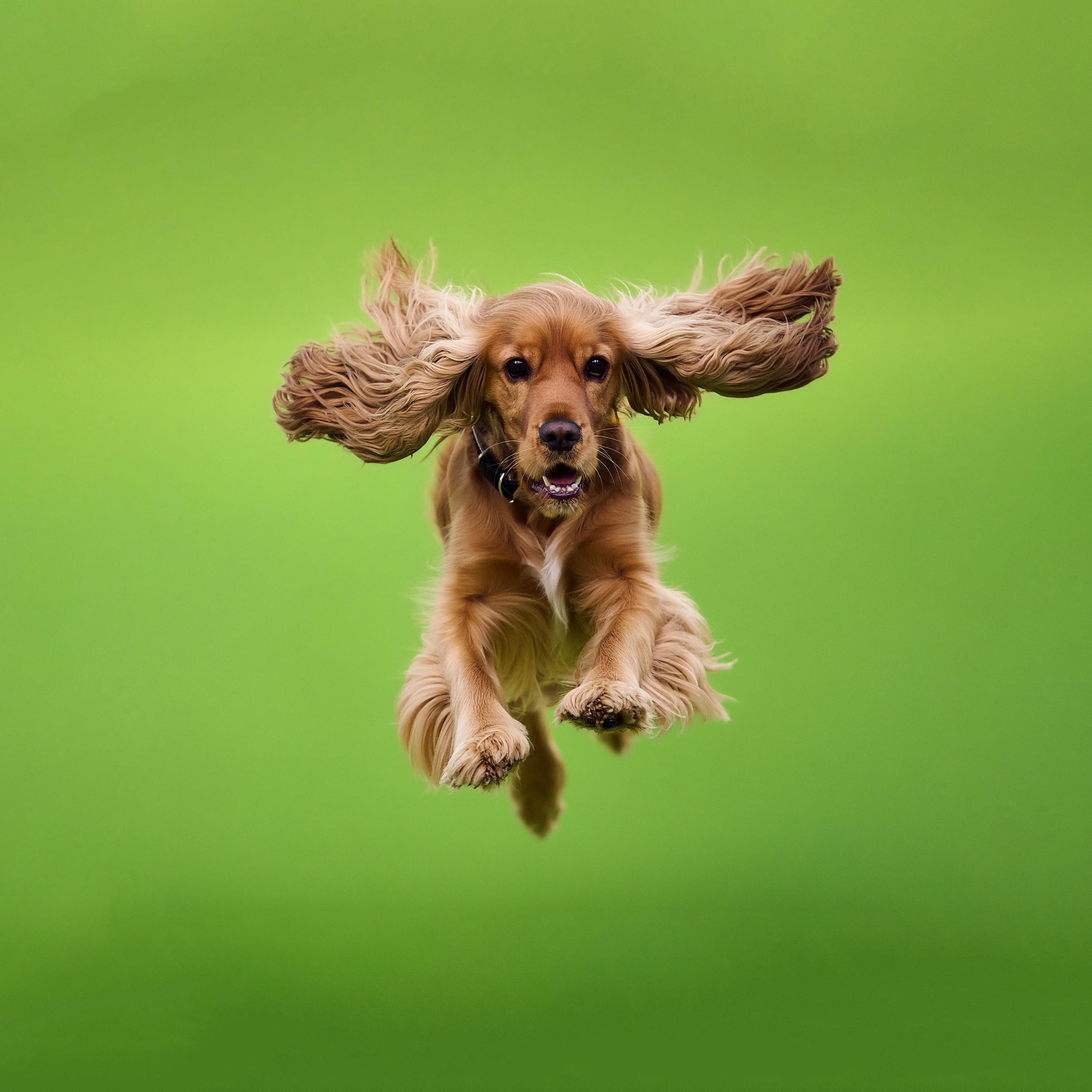Ear Infection
To reduce the risk of developing infections, regular cleaning of the ear and keeping it clean is of particular importance. Use a veterinarian-recommended ear-cleaning solution and gently clean your companion animal’s ears with a cotton swab. Be careful not to damage the inner ear during this process. Since moisture creates the perfect environment for bacteria to multiply, make sure your companion animal’s ears are dry immediately after the procedure.
Glaucoma
Glaucoma causes increased intraocular pressure and damage to the optic nerve. In the initial stages of glaucoma, the companion animals’ vision deteriorates slightly, but over time, it may even lead to incurable blindness. Although it is difficult to prevent the disease, regular veterinary check-ups and eye health diagnostics can significantly help to detect the disease at an early stage and effectively guide the treatment process.
A diet rich in antioxidants, omega-3 fatty acids, and vitamins A, C, and E are great ways to maintain your beloved companion’s eye health.
Progressive Retinal Atrophy
Progressive retinal atrophy causes gradual degeneration of the retina and loss of vision. The mentioned disease is passed on to companion animals by inheritance, but regular eye exams and a diet rich in antioxidants can help maintain retinal health. Before obtaining an important family member, carefully research their genetics and make sure that your future companion doesn’t have a genetic predisposition to vision problems.
Atopic Dermatitis
Atopic dermatitis is a common skin disease in companion animals. This is an inflammatory process developed due to an overactive immune response to allergens. Atopic dermatitis causes skin inflammation, redness, and itching. The symptoms of atopic dermatitis are often similar to those caused by other skin conditions, which is why it is important to have the diagnosis made by a veterinarian.
Retinal Dystrophy
Dystrophy causes retinal degeneration and vision loss. The cause of the disease may be a hereditary factor, aging, or diabetes. Consultation with a veterinarian is crucial for diagnosing the disease. In case of timely and correct treatment, your beloved companion will be able to effectively avoid the hazards.
Nephropathy
Dogs with nephropathy are born with abnormal kidney structure. Nephropathy is a progressive disease and if not properly treated, it may even lead to kidney failure. Clinical signs of nephropathy include uncontrollable thirst, increased urination, loss of appetite, and vomiting. Persistently high levels of protein in the urine may indicate the disease. That’s why visiting a veterinarian and taking a urine test is the best way to detect the disease at an early stage.

